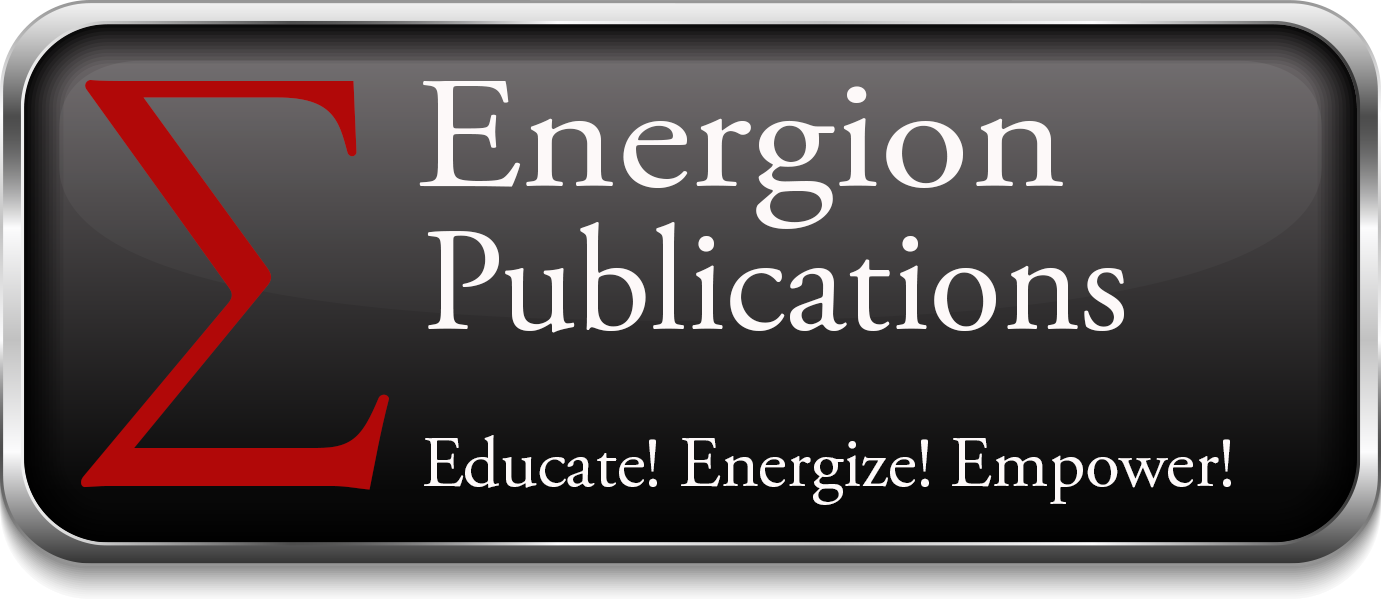Doris H. Murdoch: The Wailing Wall
by Doris Horton Murdoch, author of Testify: By the Blood of the Lamb and the Word of our Testimony and Constructing Your Testimony
The Purification Font at the Western Wall, Wailing Wall, The HaKotel HaMa’Aravi
I wash my hands in innocence, and go around your altar, O LORD. – Psalm 26:6 (NRSV)
 The Western Wall lies within the Jewish Quarter of the Old City of Jerusalem. Jews and Christians from all over the world come here to pray. One might view individuals at or near the Wall participating in numerous tasks as they stand before God: purifying through handwashing; preparing their minds for prayer through blessings and positions; reverently touching the Wall structure; bowing on bended knee; wailing or crying; praying; kissing the stonework; writing prayers and stuffing the folded prayers in the deep crevices of the stones; or reading from the Torah, the Jewish Old Testament. These behaviors date back as far as 30 B.C.E. and reaffirm the relationship and respect one has for G-d.
The Western Wall lies within the Jewish Quarter of the Old City of Jerusalem. Jews and Christians from all over the world come here to pray. One might view individuals at or near the Wall participating in numerous tasks as they stand before God: purifying through handwashing; preparing their minds for prayer through blessings and positions; reverently touching the Wall structure; bowing on bended knee; wailing or crying; praying; kissing the stonework; writing prayers and stuffing the folded prayers in the deep crevices of the stones; or reading from the Torah, the Jewish Old Testament. These behaviors date back as far as 30 B.C.E. and reaffirm the relationship and respect one has for G-d.
In II Corinithians 7:1, Paul reminds believers of the daily spiritual cleansing that one is obligated to in awe of God and in thankfulness for the promise of forgiveness of sins, salvation through Jesus Christ and eternal life. Since we have these promises, beloved, let us cleanse ourselves from every defilement of body and of spirit, making holiness perfect in the fear of God. Jewish tradition requires purifying oneself before approaching the Western Wall. As one approaches the Western Wall plaza, most individuals will take note of the purification or handwashing stations. As I enthusiastically approached the Western Wall with the rain pouring down over my cloaked body, I failed to take note of the purification stations. I stood in line to approach the Wall and, in my turn, touched the Wall and offered my prayer to God. As I turned around, back to the Wall, I noticed the purification or handwashing fonts. They were white and gold ornate basins with four faucets and doubled-handed cups or vessels available for use in the handwashing ritual, I immediately felt guilty that I had not purified my hands before approaching the Wall. This purification brings one to innocency before God (Psalm 26:6) As one of the most sacred places for Jews, I wanted to honor tradition. As a Christian, I am adopted into God’s family that begins with Jewish tradition through Jesus Christ, our Jewish Savior.
 I photographed the font and promised myself that I would do further research on the purification font. Then if I ever had the opportunity to go back to Jerusalem, I would be on purifying myself before approaching the Wall for prayer. After researching and learning more about the handwashing ritual, I feel relieved that I had not washed my hands at the washing station because I would have dishonored Jewish tradition by doing this incorrectly. (I learned I had already dishonored tradition by turning my back to the Wall after praying and then carrying on a big discussion with fellow members of the tour group.)
I photographed the font and promised myself that I would do further research on the purification font. Then if I ever had the opportunity to go back to Jerusalem, I would be on purifying myself before approaching the Wall for prayer. After researching and learning more about the handwashing ritual, I feel relieved that I had not washed my hands at the washing station because I would have dishonored Jewish tradition by doing this incorrectly. (I learned I had already dishonored tradition by turning my back to the Wall after praying and then carrying on a big discussion with fellow members of the tour group.)
According to tradition, one fills the 2-handled cup or vessel with water (Males must have their heads covered.). After this, both hands are removed from the cup. Then take the cup in your right hand or dominant hand, and transfer to the other hand, most often the left hand. Pour the water one time over the right hand being sure to wash to the wrist with fingers apart so that all of the hand is cleansed or purified. Transfer the cup to the right hand and pour over the left hand. The cup goes back to the left hand by moving from handle to handle of the vessel washing the right hand. Then transfer back to the right hand and wash the left hand. The process is complete after three washings of both hands. During all of this washing, one is preparing his heart for praying to God by meditating on the words of the handwashing blessing that will be stated at the end of the cleansing process. Washing complete, the individual shakes the excess water from the hands. He then raises his hands to the level of his eyes (Psalm 134:2: Lift up your hands to the holy place, and bless the Lord.) and looks at his hands and says the handwashing blessing:
Blessed are You Lord, Our God, King of the Universe, who has sanctified us with His commandments and commanded us regarding the washing of the hands.
He then dries his hands and leaves the empty cup upside down at the station (One never leaves water in the vessel.). The towel should also be disposed of as it holds impurities transferred from the hands to the towel.
I also learned that I should have backed away from the Wall, for turning your back to the Wall is disrespectful. Other ways of being respectful include: honoring the separation of men and women at the wall (Stay within your section!); turning off cell phones; showing quiet reverence (No conversations with others!); no photography of the Wall on the Sabbath, Friday PM – Saturday PM; and lastly, as mentioned earlier, men should have their heads covered with a yarmulke, sunhat or cap. If I ever have the opportunity to visit the wall again, I think I can be a more respectful visitor to one of the most holy places on earth.
[slideshow_deploy id=’2440′]







Doris, thank you for this most respectful report of your vist to the Wailing Wall. I think any observant Jew reading it would appreciate you as well.